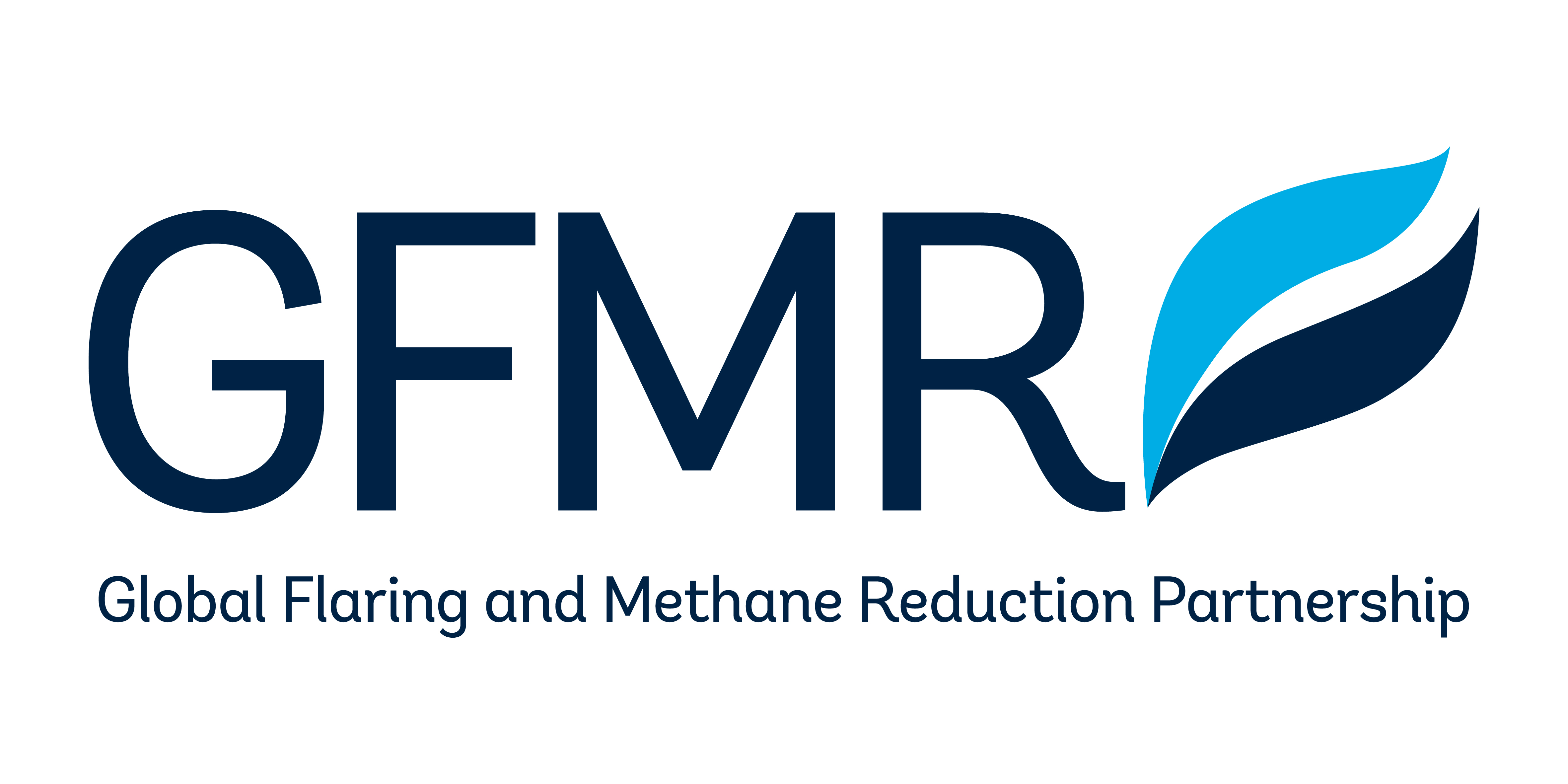Country
Assessment
Article 30, Paragraph 1, of the 2021 proposal stipulates that key implementation provisions such as the appointment of a regulator, or multiple regulators (“competent authorities”), or fines and penalties remain with the EU member state on grounds of subsidiarity.
Resource ownership is subject to national jurisdiction.
Article 4, Paragraph 1, and Article 30, Paragraph 1, of the 2021 proposal stipulate that national governments are responsible for key implementation provisions such as the appointment of a regulator, or multiple regulators (referred to as “competent authorities”).
Article 9 allows independent verifiers to carry out the activities required under this regulation.
Article 5 of the 2021 proposal defines the tasks of the competent authorities. While performing the tasks, they shall cooperate with each other, with operators, and with their counterparts from other EU countries and the EC. Article 6 requires the competent authorities to conduct regular routine inspections such as site checks and field audits and document and record examinations. A note of remedial action shall be issued if a serious breach is detected. Routine inspections should be scheduled no less than every 16 months (as amended by the EP; see footnote 3); where inspection results revealed a serious breach, a follow-up inspection shall be conducted within nine months (as amended by the EP; see footnote 3). Nonroutine inspections shall be conducted following written complaints as per Article 7, or to detect leaks and the repairs thereof. The results of all inspections must be documented and made public within two months (see section 17 of this case study).
Article 8 of the 2021 proposal states that independent auditors—referred to as verifiers—shall verify that the emission reports produced by operators and importers comply with the requirements. The audits will have emission factors, calculation and sampling methods, risk assessments, and quality control as key review items, and also include site inspections. The results are to be packaged into a verification statement asserting that the emissions report complies with the requirements and specifying the verification work that was done. Where the assessment concludes that an emissions report does not comply with the requirements, the verifiers shall inform the operator, which shall submit a revised report.
According to Article 9, the verifiers shall be independent from operators and shall conduct their mandated activities in the public interest. They shall also be accredited according to Regulation (EC) 765/2008.
According to Article 10, for methane emissions data, verifiers, the competent authorities, and the Commission shall consider the information made available by the International Methane Emissions Observatory (IMEO). The EP amendments also require the IMEO to report “super-emitters identified by way of an early detection and warning system.”
Article 15 of the 2021 proposal bans venting except for a select few situations, such as emergencies, malfunctions, technical requirements, or safety reasons (as amended by the EP; see footnote 3). Technical requirements cover “pneumatic devices and pumps, dry gas seals, compressors, atmospheric pressure storage tanks, or other components designed to vent”; liquids unloading; and other activities necessary for safe operations. The EP amendments to Article 15 include new paragraphs on equipment standards. The amendments also require replacing equipment with zero-emission alternatives (if they exist) by the end of 2026, and the use of only zero-emission pneumatic controllers and pumps at newly built, replaced, or refurbished sites. In any event, operators can vent only if flaring is not technically feasible or entails safety risks.
Besides these circumstances, Article 15 allows flaring only in situations where re-injection, own use, gas processing, or dispatch of gas to market are not feasible for reasons other than economic profitability.
Article 15 of the 2021 proposal bans routine flaring altogether, and also venting unless under specific situations (see section 9 of this case study).
No evidence could be found on development plans for associated gas as part of the overall field development approval for greenfield projects.
Article 15 of the 2021 proposal explicitly separates economic arguments from the permission to flare (see section 9 of this case study).
Article 12 of the 2021 proposal requires operators to submit a report containing source-level methane emissions to the competent authorities. Starting 48 months after this regulation comes into effect, operators must submit to the competent authorities annual reports containing direct measurements of source-level methane emissions from their operated and nonoperated assets. The EP amendments further detail the reporting requirements. Amendments are more stringent in terms of direct measurement and emissions quantification, and shorten the reporting times. The provisional agreement reached between the EP and European Council in November 2023 follows these recommendations. For example, operators must submit reports quantifying source-level methane emissions within 18 months and direct measurements quantification of source-level methane emissions for operated assets within 24 months from the entry into force of the regulations. Reports on nonoperated assets are due within 48 months.
Article 12 also mentions that the Commission will develop a reporting template. The EP amendments add that upstream, midstream, and downstream oil and gas operators can use the technical guidelines and templates of the OGMP 2.0 until the new template is available.
Article 14 requires operators to develop LDAR programs within six months of the date on which this regulation comes into effect and start conducting the first survey within nine months.
Article 27, Paragraph 1, requires importers to report their products’ methane footprint within nine months of the date on which this regulation comes into effect. The provisional agreement of November 2023 requires exporters to EU to comply with a maximum methane intensity threshold by 2030.


